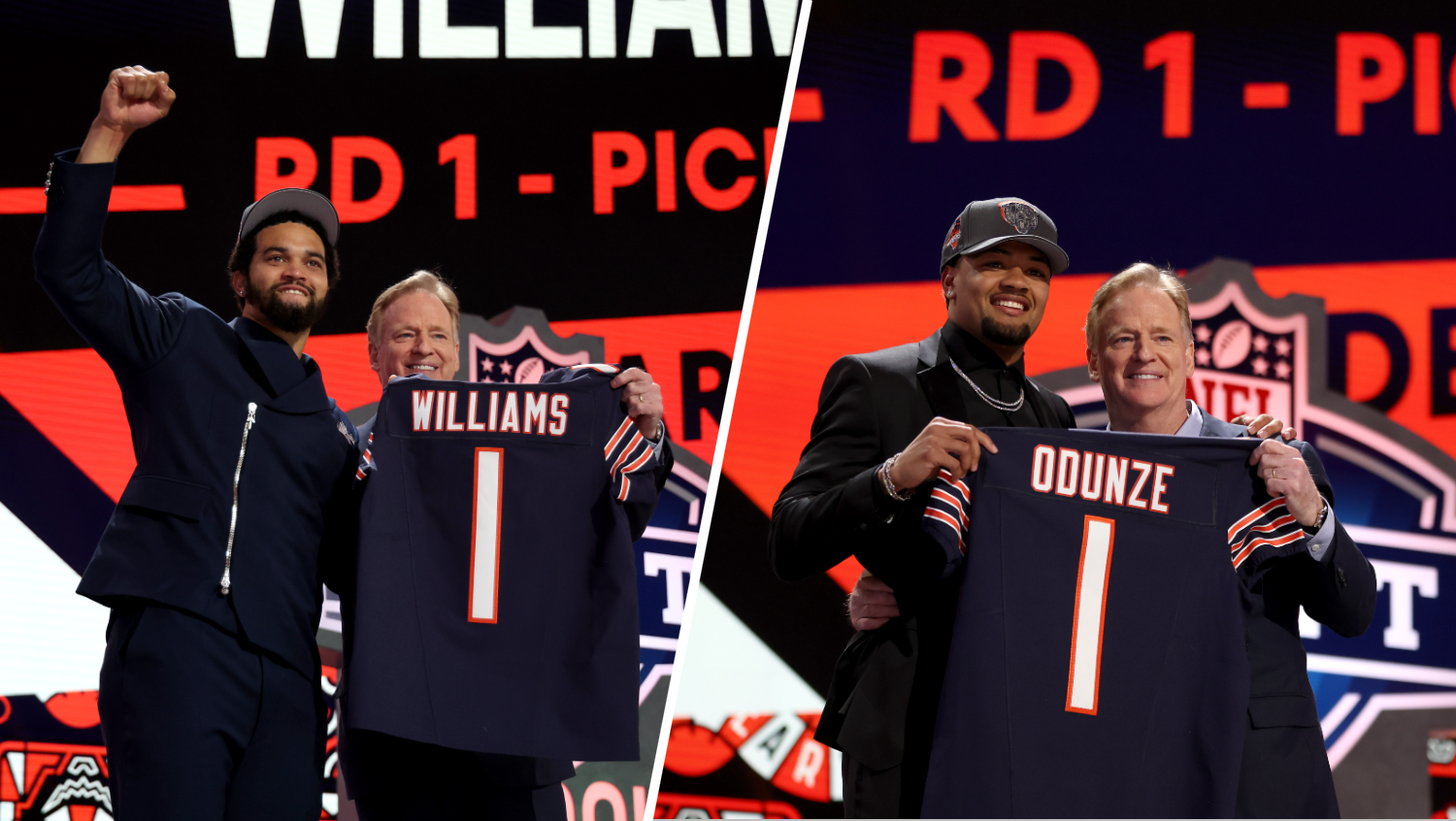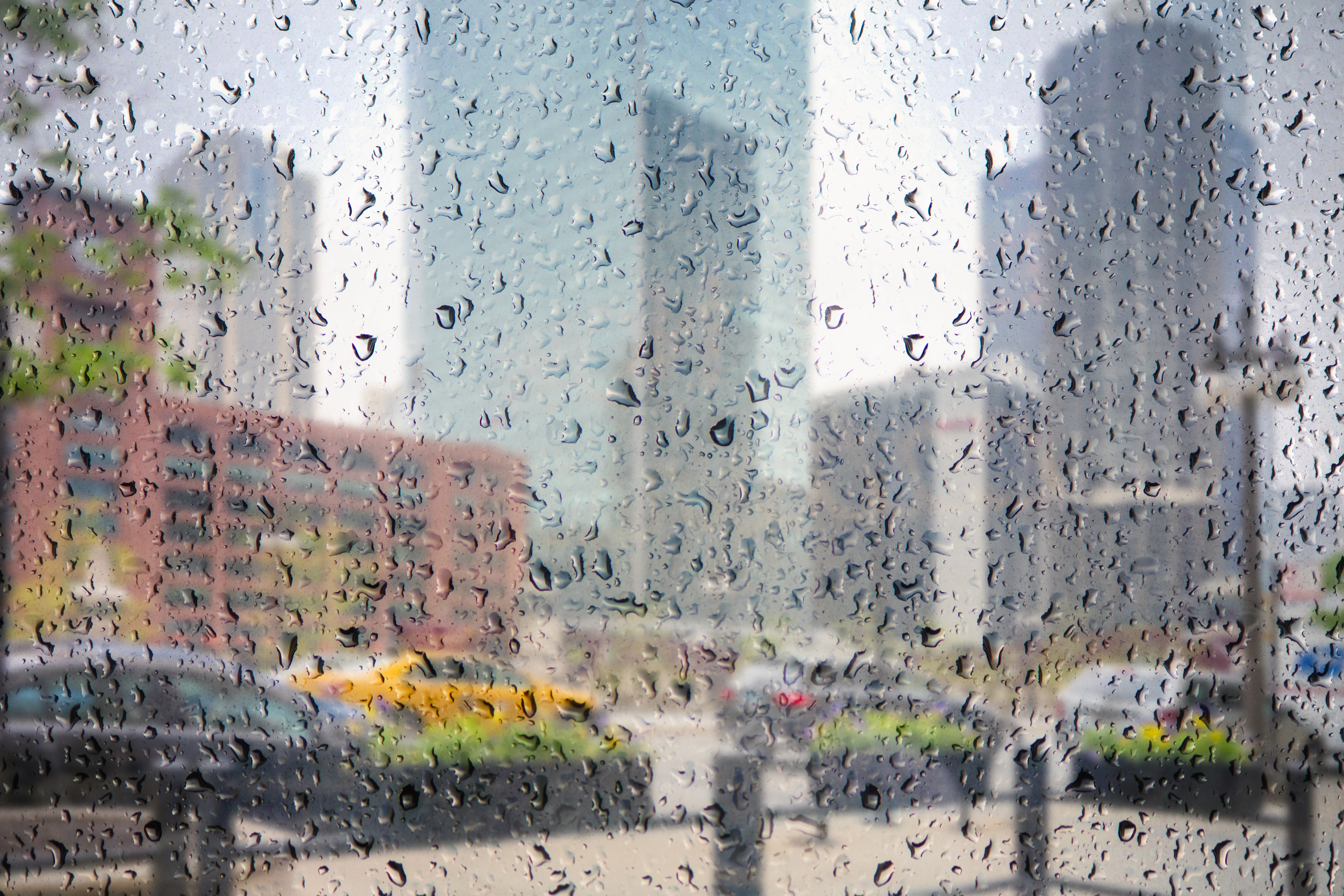COVID-19 cases are gradually rising across the state, and multiple Chicago-area counties climbing to a higher COVID-alert level.
According to the CDC, five counties in the state are currently at a “medium community level” of COVID transmission, with the federal agency making a series of recommendations to residents living in the impacted communities.
Suburban Cook County also issued an alert Friday saying its metrics have also lifted it to the "medium" level.
As the chances to contract an infection climb, some are asking the following questions: What should you do if you or someone you have been in close contact with tests positive for coronavirus? How long should you quarantine for, and when should you get tested?
Feeling out of the loop? We'll catch you up on the Chicago news you need to know. Sign up for the weekly Chicago Catch-Up newsletter here.
And, do the guidelines change at all if you've been vaccinated?
Here's a look at the guidance from the Centers for Disease Control and Prevention on what to do if you test positive or believe you were exposed to someone who has COVID-19.
When to Quarantine, If You Aren't up-to-Date on Vaccinations
Local
If you were exposed to COVID-19 and you are not up-to-date on your COVID vaccination -- meaning you haven't gotten you full set of shots and boosters -- the CDC recommends you stay home and quarantine for at least 5 full days and wear a well-fitting mask if you must be around others in your home.
Regardless of symptoms or vaccinations, those who are exposed to someone with coronavirus should get tested at least five days after their exposure.
Those who experience symptoms should get tested as symptoms develop, but if a test is negative and symptoms persist another test might be needed a few days later, particularly for those who use at-home test kits.
People who believe they have been in contact with someone who has COVID and are unvaccinated should quarantine and avoid travel for a full 10 days.
Close contact is defined by the CDC and the Illinois Department of Public Health as "someone who was less than 6 feet away from an infected person for a cumulative total of 15 minutes or more over a 24-hour period."
Here's what quarantine looks like, according to the CDC:
- Stay home and away from other people for at least 5 days after your last contact with a person who has COVID-19.
- Wear a well-fitting mask when around others at home, if possible.
- For 10 days after your last close contact with someone with COVID-19, watch for fever (100.4◦F or greater), cough, shortness of breath, or other COVID-19 symptoms.
- If you develop symptoms, get tested immediately and isolate until you receive your test results. If you test positive, follow isolation recommendations.
- If you do not develop symptoms, get tested at least 5 days after you last had close contact with someone with COVID-19.
- If you test negative, you can leave your home, but continue to wear a well-fitting mask when around others at home and in public until 10 days after your last close contact with someone with COVID-19.
- If you test positive, you should isolate for at least 5 days from the date of your positive test (if you do not have symptoms). If you do develop COVID-19 symptoms, isolate for at least 5 days from the date your symptoms began (the date the symptoms started is day 0). Follow recommendations in the isolation section below.
- If you are unable to get a test 5 days after last close contact with someone with COVID-19, you can leave your home after day 5 if you have been without COVID-19 symptoms throughout the 5-day period. Wear a well-fitting mask for 10 days after your date of last close contact when around others at home and in public.
- Avoid people who are have weakened immune systems or are more likely to get very sick from COVID-19, and nursing homes and other high-risk settings, until after at least 10 days.
- If possible, stay away from people you live with, especially people who are at higher risk for getting very sick from COVID-19, as well as others outside your home throughout the full 10 days after your last close contact with someone with COVID-19.
- If you are unable to quarantine, you should wear a well-fitting mask for 10 days when around others at home and in public.
- If you are unable to wear a mask when around others, you should continue to quarantine for 10 days. Avoid people who have weakened immune systems or are more likely to get very sick from COVID-19, and nursing homes and other high-risk settings, until after at least 10 days.
- Do not travel during your 5-day quarantine period. Get tested at least 5 days after your last close contact and make sure your test result is negative and you remain without symptoms before traveling. If you don’t get tested, delay travel until 10 days after your last close contact with a person with COVID-19. If you must travel before the 10 days are completed, wear a well-fitting mask when you are around others for the entire duration of travel during the 10 days. If you are unable to wear a mask, you should not travel during the 10 days.
- Do not go to places where you are unable to wear a mask, such as restaurants and some gyms, and avoid eating around others at home and at work until after 10 days after your last close contact with someone with COVID-19.
Do You Need to Quarantine if You're up-to-Date on Vaccinations?
Those who are close contacts of someone with COVID but are up-to-date on their vaccinations or have had a confirmed case of COVID within the last 90 days do not need to quarantine, but the CDC does recommend they wear a well-fitting mask around others for 10 days after their most recent exposure and get tested after at least five days.
When to Isolate
If you tested positive for COVID-19 or have symptoms, regardless of vaccination status, the CDC recommends staying home for 5 days and isolating from others in your home.
How do you end isolation?
- You can end isolation after five full days if you are fever-free for 24 hours without the use of fever-reducing medication and your other symptoms have improved (Loss of taste and smell may persist for weeks or months after recovery and need not delay the end of isolation).
- If you continue to have fever or your other symptoms have not improved after 5 days of isolation, you should wait to end your isolation until you are fever-free for 24 hours without the use of fever-reducing medication and your other symptoms have improved. Continue to wear a well-fitting mask through day 10. Contact your healthcare provider if you have questions.
- Do not go to places where you are unable to wear a mask, such as restaurants and some gyms, and avoid eating around others at home and at work until a full 10 days after your first day of symptoms.
- After ending isolation, the CDC recommends individuals continue wearing a mask through day 10
Under the CDC guidance, those in isolation should:
- Monitor your symptoms. If you have an emergency warning sign (including trouble breathing), seek emergency medical care immediately.
- Stay in a separate room from other household members, if possible.
- Use a separate bathroom, if possible.
- Take steps to improve ventilation at home, if possible.
- Avoid contact with other members of the household and pets.
- Don’t share personal household items, like cups, towels, and utensils.
- Wear a well-fitting mask when you need to be around other people.
Do You Need to Isolate if You're up-to-Date on Vaccinations?
According to the CDC, if you tested positive for COVID-19 or have symptoms, regardless of vaccination status, the CDC recommends staying home for 5 days and isolating from others in your home.



